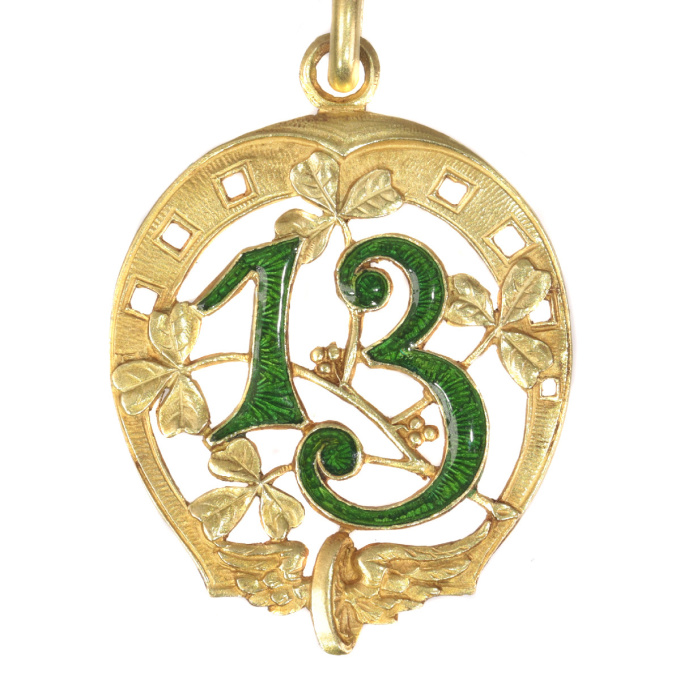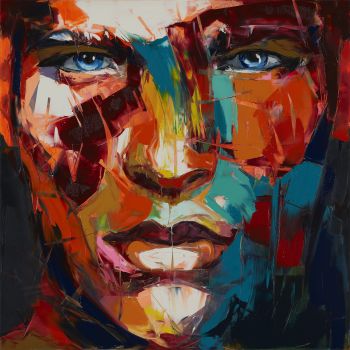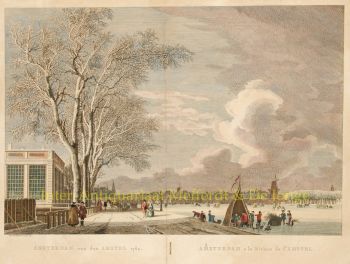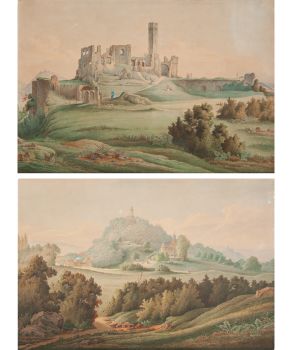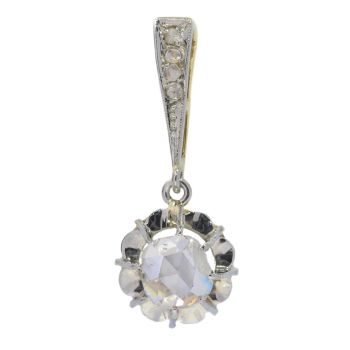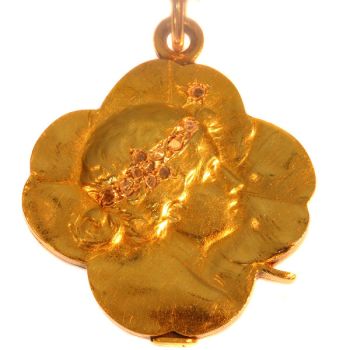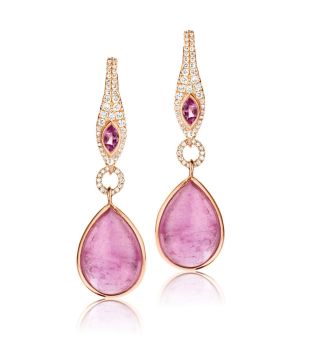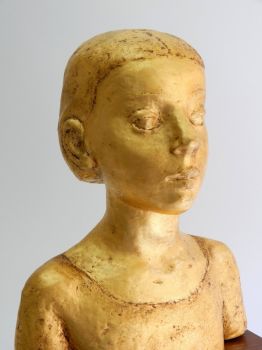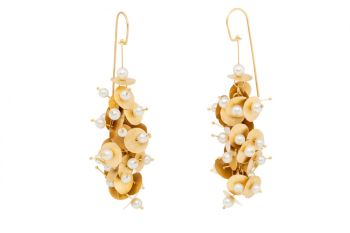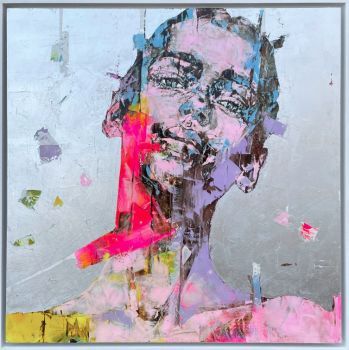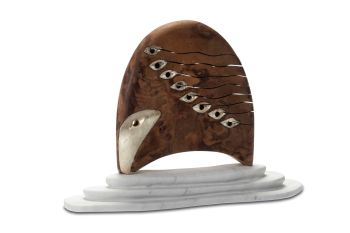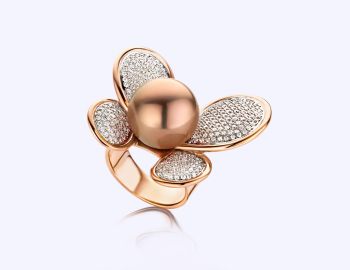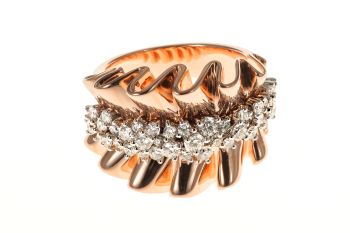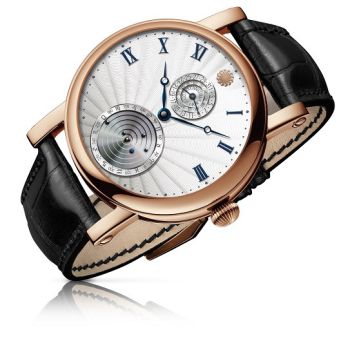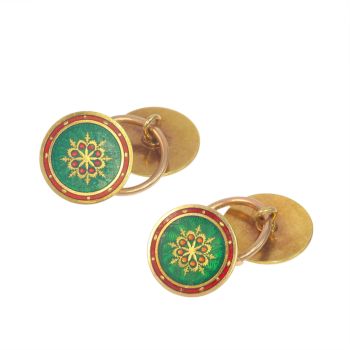Antiek geëmailleerd gouden geluksbrenger hoefijzer 13 gevleugeld wiel en klavertje 1900
Onbekende Kunstenaar
GoudEmail
Momenteel niet beschikbaar via Gallerease
- Over kunstwerk
Antique jewelry object group: pendant
Condition: very good condition
- (more info on our condition scale)
Country of origin:Although it does not carry any legible control marks we believe this to be of Belgian origin.
Style: Late-Victorian - Victorian decorative arts refers to the style of decorative arts during the Victorian era. The Victorian era is known for its eclectic revival and interpretation of historic styles and the introduction of cross-cultural influences from the middle east and Asia in furniture, fittings, and Interior decoration.
Victorian design is widely viewed as having indulged in a regrettable excess of ornament. The Arts and Crafts movement, the aesthetic movement, Anglo-Japanese style, and Art Nouveau style have their beginnings in the late Victorian era.
- See also: late-Victorianor more info on styles
Style specifics: Late Victorian / early Art Nouveau - The subject of this piece, although typical 19th Century, announces the coming of the Art Nouveau style.
Period: ca. 1900
- (events & facts of this era, poetry of this era, fashion of this era)
Source of inspiration: Good luck tokens
Theme: various luck bringing symbols (see further in this text)
Material: 18K yellow gold (touchstone tested)
- (more info on precious metals)
Technique: Enamelling is an old and widely-adopted technology. The ancient Egyptians applied enamels to pottery and stone objects. The ancient Greeks, Celts, Russians, and Chinese also used enameling processes on metal objects. Enamel is the colorful result offusing powdered glass to a substrate by firing, usually between 750 and 850 degrees Celsius. The powder melts and flows and hardens to a smooth, durable vitreous coating on metal, glass or ceramic. According to some sources, the word enamel comes fromthe High German word smelzan (to smelt) via the Old French esmail. Used as a noun, "an enamel" is a usually small decorative object, coated with enamel coating, such as a champlevé or a cloisonné (different techniques).
Extra information on the symbolism in this pendant:
Winged wheel - The wheel has been associated with technology since time immemorial. When it acquires wings its significance increases greatly. The idea of motion is amplified to an extreme degree: as fast as a bird can fly, and that to the AncientGreeks and Romans, was the ultimate in speed. The "winged wheel" is seen most often in connection with Athena but also frequently with Mercury. The wheel with wings is, in a sense, a "spinning" or moving wheel. Together with Mercury, by itself or with other figures, it is the most common symbol for communication and/or transport. (From Google)
Horse shoe - There is no consensus among historians as to when and by who horseshoes were first invented. What seems most plausible is that shoeing was invented by numerous armorers in different places at about the same time, and then kept as a military secret for a very short time - until the practice was apparently widespread. Fact is that to date they are considered to bring good-luck.
Three leaf clover or Shamrock - The shamrock was traditionally used for its medical properties and was a popular motif in Victorian times. According to what the Oxford English Dictionary calls "a late tradition" (first recorded in 1726), the plant wasused by Saint Patrick to illustrate the doctrine of the Trinity. However, the posthumous timing of this legend (coming some 1,200 years after his death), and the lack of supporting evidence found in St. Patrick's writings have caused some to question its authenticity.
Lucky number 13 - click here for an explanation on number 13.
Hallmarks: No trace.
- (more info on hallmarks)
Dimensions: height 3,45 cm (1,36 inch) - See picture with a ruler in cm and inches
Weight: 3,30 gram (2,12 dwt)
Reference Nº: 19254-0122
Copyright photography: Adin, fine antique jewelry
- Over kunstenaar
Het kan voorkomen dat een kunstenaar of maker onbekend is.
Voor sommige werken is het niet te bepalen door wie het gemaakt is of dat het is gemaakt door (een groep) ambachtslieden. Voorbeelden zijn beelden uit de Oudheid, meubels, spiegels of handtekeningen die vaak niet duidelijk of leesbaar zijn. Maar ook sommige werken zijn helemaal niet gesigneerd.
Ook kunt u de volgende beschrijving vinden:
•"Toegeschreven aan …." waarschijnlijk een werk van de kunstenaar maar niet zeker of gedeeltelijk
•“Atelier van ….” of werkplaats van” een werk uitgevoerd in het atelier of atelier van de kunstenaar, eventueel onder zijn toezicht
•“Cirkel van ….” een werk uit de periode van de kunstenaar die zijn invloed laat zien, nauw verbonden met de kunstenaar maar niet noodzakelijkerwijs zijn leerling
•“Stijl van ….” of “Volger van ….” een werk uitgevoerd in de stijl van de kunstenaar, maar niet noodzakelijk door een leerling; kan eigentijds of bijna eigentijds zijn
•“Wijze van ….” een werk in de stijl van de kunstenaar maar van latere datum
•"Na …." een kopie (van welke datum dan ook) van een werk van de kunstenaar
•“Getekend…”, “Gedateerd….” of “Ingeschreven” dan is het werk gesigneerd/ gedateerd/ ingeschreven door de kunstenaar. De toevoeging van een vraagteken duidt op een element van twijfel
•"Met handtekening ...", "Met datum ...", "Met opschrift..." of “Draagt signatuur/datum/opschrift” dan is de handtekening/datum/opschrift toegevoegd door iemand anders dan de kunstenaar
Related artworks
- 1 - 4 / 12
- 1 - 4 / 24
- 1 - 4 / 24

